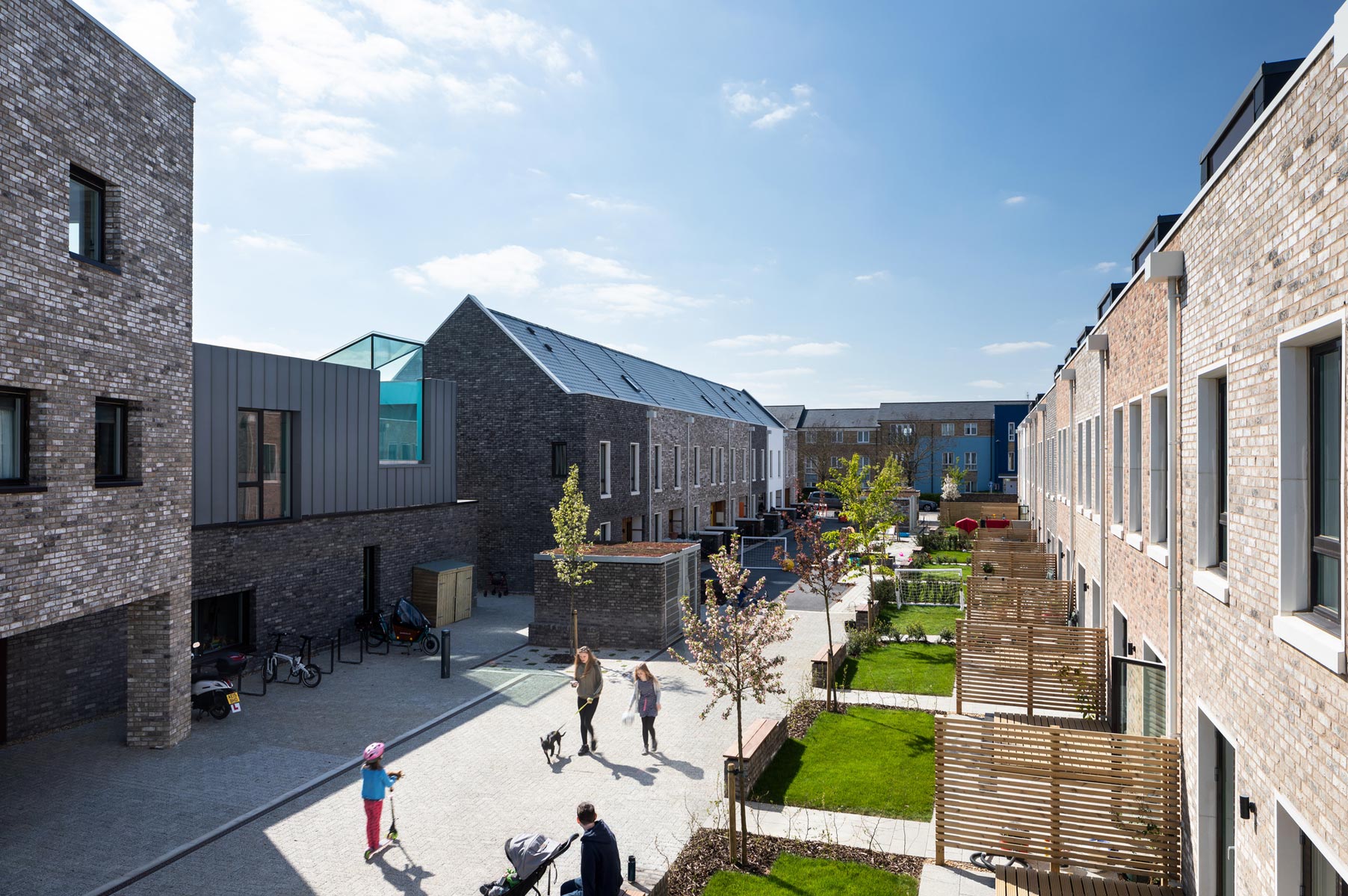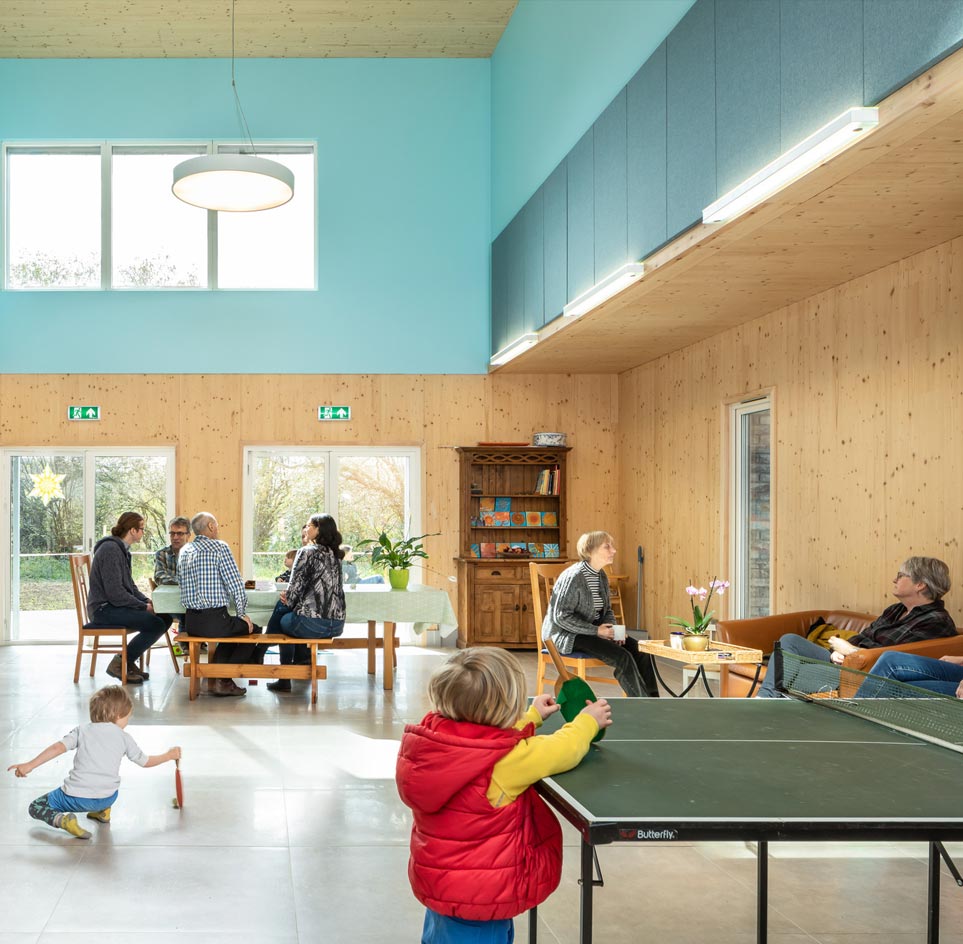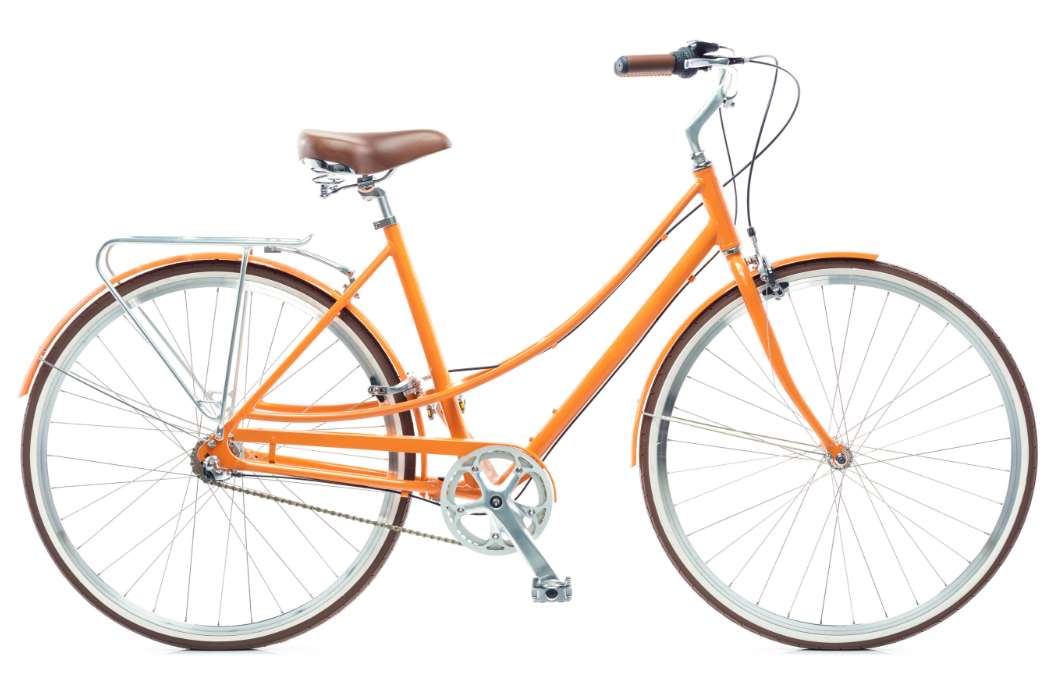Zero Waste: the new model of Data-in/Data-out and the balance between digital production technology and the idea of reusing raw materials.
The image of backyards typical of houses in England and in other Anglo-Saxon countries is so strong in everybody’s mind that it has created one of the most effective ways to describe and push aside modern political conflicts:
“NIMBY! Not in my backyard”
But now a backyard might no longer be a certainty, or a space to defend. Indeed, the British government has lately launched the “Home of 2030” architecture contest to find new housing prototypes and design lines for the house of the future.
Their goal? To build more sustainably and at the same time to guarantee more independent and satisfying life conditions to a society that is aging every day more.
The result? Nearly all finalists have pushed forward going past the idea of the “street-house-yard” formula and have turned instead to common areas in front of the entrance where citizens can take care of vegetable gardens, trees, and hedges or take part in neighbourhood dinners.
An interesting to note is how it was green areas and public spaces that were at the forefront when considering better quality of life.
After all, if there is anything we have learnt during the lockdown we were subjected to because of Covid-19, it is exactly how important it is to enjoy others’ company for our wellbeing. Didn’t we learn the difference having a large landing, airy and well-light stairs, and a common garden can make for those who live in apartments with no balcony? And let’s leave aside quality city parks with state-of-the-art services.
However, this trend had already started even before the health emergency, when the sharing economy had brought with it new housing models. After all, Europe is chock-full of examples of this new trend, called cohousing and particularly popular in the cities. This term stands for the idea of sharing your home with others - friends, neighbours, or even strangers - that comes from a series of changes in our society, namely an increasingly single population, a greater number of elderly people and fewer children, and a growing awareness of environmental issues.


Over twenty cohousing communities have been created in Great Britain in the last few years. One of these, the Marmalade Lane Cohousing, consists of 42 independent units designed by the Mole Architects study on an area of 8600 m2 with common areas and services: a vegetable garden, a playground, spaces for socialization, a waste area, and the Common House with three bedrooms that the residents can book for overnight guests.
Smaller but just as interesting is the Family Commune, a London experiment where two related families decided to live next to each other, sharing some spaces and services thanks to a project designed by the Daykin Marshall Studio. This way, both families help each other in taking care of the children, the houses, stocking food supplies, and much more.
Very different is, instead, the Cohost West Bund in Shanghai, an old hotel in the artsy West Bund Culture Corridor neighbourhood that was turned into one of the first Chinese cohousing experiments by AIM Architecture. Here there are 66 accommodations of different sizes, all furnished and equipped with AC and Wi-Fi while The cost of the common services - cleaning, laundry, library, gym, and even the community manager - is charged monthly to the residents as “building expenses”.
These are all options that require adopting a more aware and responsible lifestyle, a way to go back to what is necessary and avoid waste.
Cohousing is also the answer a number of city councils found to the question of how to develop. Paris, Vienna, Barcelona, London, Brussels, Milan... All have started urban reorganization policies that are more sustainable in order to contain traffic, pollution, waste, and even stress.
The most emblematic case is Paris, where mayor Anne Hidalgo has promoted the creation of “rays” that allow residents to reach every essential service in just 15 minutes on foot from their house as a way to reduce traffic, pollution, and waste of time.
A similar plan was that of Milan, which was also accelerated by the Covid-19 emergency.

And speaking of balance, how can we not talk about bicycles? Just like walking, cycling is free, good for our health, and good for the planet. With this in mind, it’s easy to see why everybody cycles in Amsterdam and Copenhagen, regardless of the low temperatures, while there are 1600 km of cycle paths in Berlin and 1400 in Vienna, 700 in Paris, 200 in Barcelona, 250 in Rome, and 185 in Milan.
But there is a wide margin for improvement, as European data shows, since 50% of daily trips in the cities are below 5 km. And isn’t that the perfect length for a walk or a cycle?

Images Credits:
© David Butler
Zero Waste: the new model of Data-in/Data-out and the balance between digital production technology and the idea of reusing raw materials.
Eco-mobility is not only electric cars:
how to fill the gap, as explained in Tesla Motors’s Master Plan.
